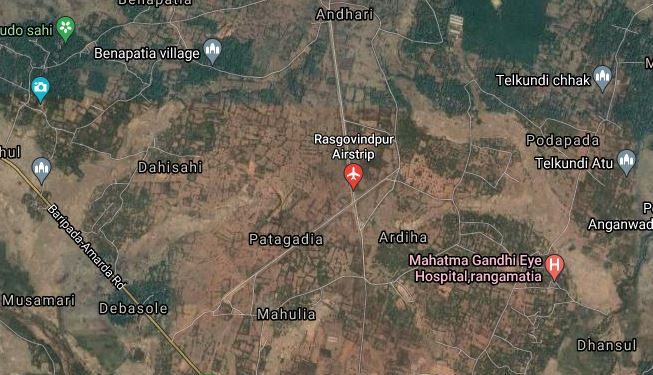Bhubaneswar: Union minister Bishweswar Tudu Sunday said he is hopeful that the Centre will give its nod for turning the now-defunct Amarda Road Airstrip in Mayurbhanj district, which was operational during World War-II, into a modern airport.
Making an aggressive pitch for its revival, Tudu said the airstrip is located 225 km from state capital Bhubaneswar and only 90 km from the Kalaikunda air force station, and can be used for commercial and defence purposes.
“I have taken up the matter with Defence Minister Rajnath Singh and Civil Aviation Minister Jyotiraditya Scindia. Both of them have found the place suitable for a modern airport as it is strategically located,” Tudu told PTI over phone.
A team of experts from the Airports Authority of India has already visited the site, and “we are hopeful that the authorities will soon accord a no-objection certificate”, said the Union minister of State for Tribal Affairs and Jal Shakti.
The 1,000-acre piece of land in Rasgovindpur block falls under the purview of the defence ministry and it needs to be handed over to the civil aviation ministry, he said.
The Amarda Road Airstrip, once it turns into an airport, will cater to an estimated 82 lakh people, mostly in north Odisha, south Bengal and east Jharkhand.
Tudu said the proposed airport will also address the requirements of key institutions like the Integrated Test Range at Chandipur in Balasore district and IIT-Kharagpur in West Bengal.
“If the airstrip becomes operational, it can be used for both commercial and defence purposes, akin to the airports in Pune and Guwahati,” he said.
The Rasgovindpur Airstrip (as it is known today) has a short but “secret illustrious history”, which has never been made public, said historian Anil Dhir, adding, it had the “longest runway in Asia, over 3.5-km long”.
“Today, if you look at the silent runway lying mostly vacant apart from a few odd cows grazing, it would be difficult to associate the airport with activities of any kind. But, this airstrip played a very important role in Indian defence during World War-II,” Dhir said.
He said no details of the events that took place here between 1943 and 1945 exist, not even in government and military records.
“The station came into existence during the war as a forward airfield against the Japanese conquest of Burma. The large airstrip served its purpose well as a landing ground for planes and also as a training space for special bombing missions,” the historian said.
Built in the 1940s at a cost of Rs 3 crore, it was eventually abandoned after the war.
PTI






































